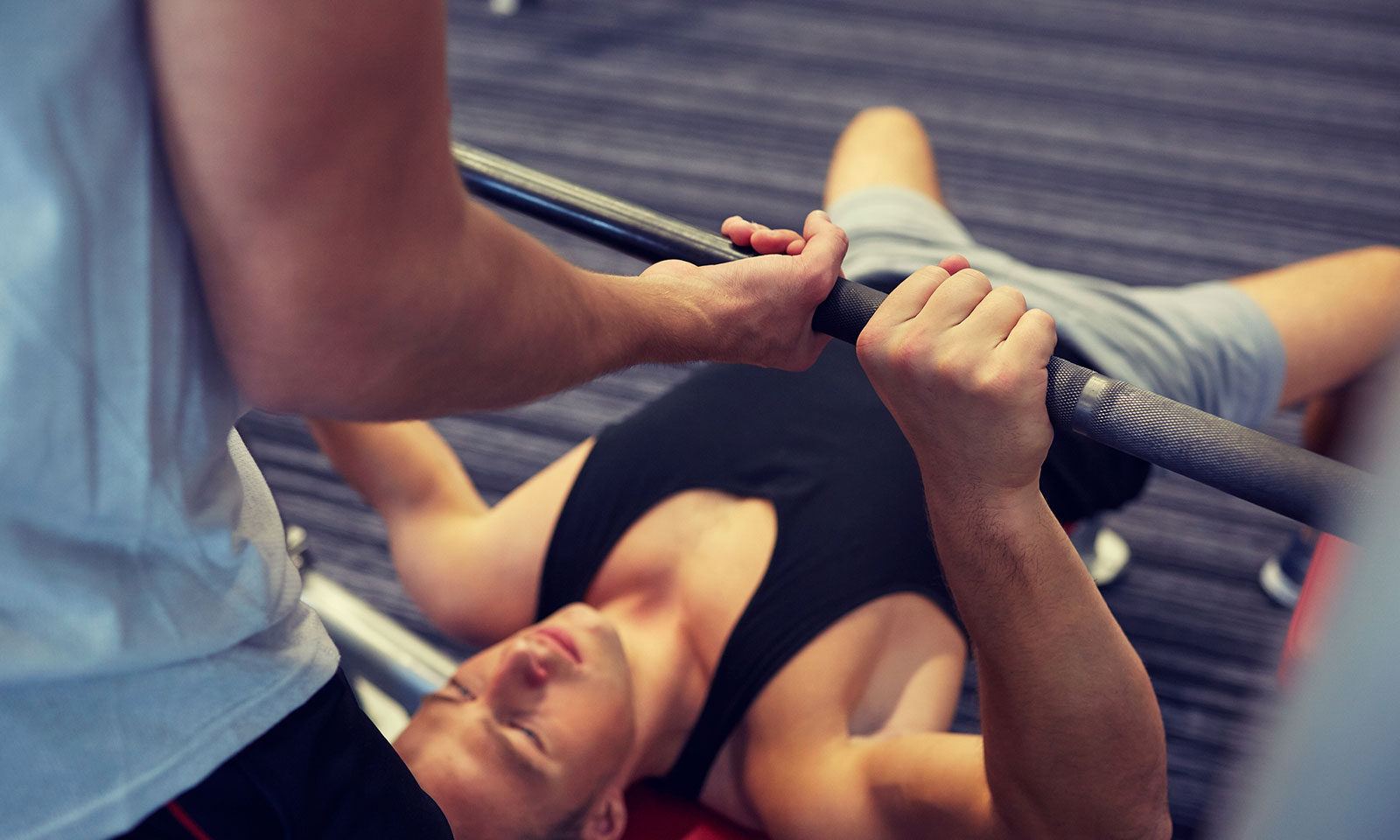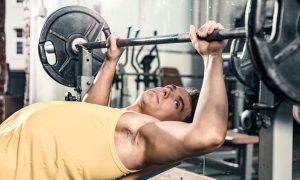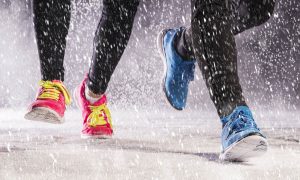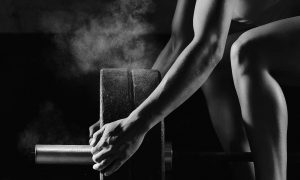Common Spotting Rules And Techniques For Three Of The Most Popular Exercises

|
|
For people that are regularly in the gym and working out consistently, you’ll know right off the bat that working out consistently in order to pack on as much lean muscle mass as possible, is not an easy task. There will be times when your training is going great, and everything seems to be falling perfectly into place, and there will also be times when sadly you’re basically making very little progress at all and have perhaps hit a natural plateau in which you struggle to increase your lifts and execute certain exercises correctly. In these instances, and many more for that matter, having a spotter on hand can prove extremely useful indeed. As far as gym necessities go, spotters are absolutely essential as they could potentially be the difference between life and death. It may sound dramatic, but if you’ve seen some of the horrific gym accident videos floating around online, you’ll know that a barbell and several hundred pounds in weight crashing down onto your body, is far from safe. A spotter is there to ensure that you don’t crush yourself with heavy weights, that you don’t injure yourself, that you are utilizing perfect form with every rep, and that you are able to get a bit of a helping hand when you begin to fatigue. Here we’ll be taking a look at a few common spotting rules and techniques that every spotter should be aware of, because contrary to popular belief, spotting somebody in the gym is not a simple process.
Spotting bench pressers

The bench press, particularly the barbell bench press, is one of the most popular exercises in the world, especially amongst people trying to increase their strength levels and build a powerful chest in the process. Here, as the spotter, you will stand behind the lifter and ask them whether or not they require a lift off with the bar. Some people, especially those with shorter limbs, may prefer a lift off as they may struggle alone. Others however, prefer lifting the weight off the rack themselves, so make sure you ask and don’t assume one or the other. Next up, you will keep a close eye on the lifter and monitor each and every rep they perform. As soon as you see them begin to struggle, get ready and when necessary, place either your palms, or your fingertips underneath the bar and guide it upwards, letting them do the work. If the lifter is going heavier and you will need to help pull the bar, utilize an underhand, overhand grip, making sure your hands are located just out away from the centre of the bar. Remember, don’t yank the bar up or down too quickly, and don’t try to do the work for the lifter. More often than not, spotters will barely even touch the bar, but it is the psychological boost of knowing that the bar can’t crush them, which will help lifters to press more weight than if they were training alone.
Dumbbell presses
Dumbbell presses, either bench presses or overhead presses for the shoulders, are incredibly beneficial, but the problem when spotting is that most spotters basically don’t know where to place their hands. To clear things up right from the start, the ideal hand placement for anybody spotting somebody dumbbell pressing, is to gently rest the hands directly underneath their elbows. Many spotters will grab the wrists of the lifter, or sometimes even the weights, but this is very dangerous as it can cause the lifter to lose their stability and to wobble all over the place whilst trying to lift. If you are indeed guiding from the elbows, again, make sure that that is all you’re doing. There is no need to try to push the elbows upwards and generate extra force because truthfully it’s pointless because you will be doing more than 90% of the work. Spotters however, also need to be careful when spotting people lifting dumbbells because more often than not, as soon as the lifter gasses and hits failure, they will quickly drop/throw the dumbbells down onto the ground, which is the last thing you want if your feet are there just waiting for a rogue dumbbell to be smashed down onto them from upon a great height.
Barbell squats

There are some pretty horrific squat injury videos floating around out there, which are often the result of the lifter trying to lift too much weight and blowing out their knees, or perhaps losing their balance and tripping over. As a spotter however, it is your job to keep the lifter safe and there are actually two proven methods of spotter somebody that is squatting. The first method is to stand behind the lifter and spot from the back, and the second method, is to have two spotters on hand and have one person spot each side of the barbell. To spot from behind the lifter, you should let them lift the weight up off the rack and then slowly step backwards and get into position. You will slowly follow them and will also walk backwards, but you must make sure you give them plenty of room because the last thing you want is for them to bump into you and lose their footing with a several hundred pound bar on their shoulders. Once in position, you will hover your hands just in front of their armpits, as if you were trying to grab their chest. Make sure you don’t actually grab them, but be ready to, at any second. The idea is to help them keep their chest up as when fatigue kicks in, it is common for the chest to drop. As you’re keeping them upright however, you’re allowing the lifter to maintain perfect form and generate more power as a result. When they’re finished, give them a hand re-racking the bar as having to re-rack a bar after tiring yourself through several repetitions can be quite a task.














